Bulgarian Shumen Villages and Shumen Turks from Alina Travel's blog
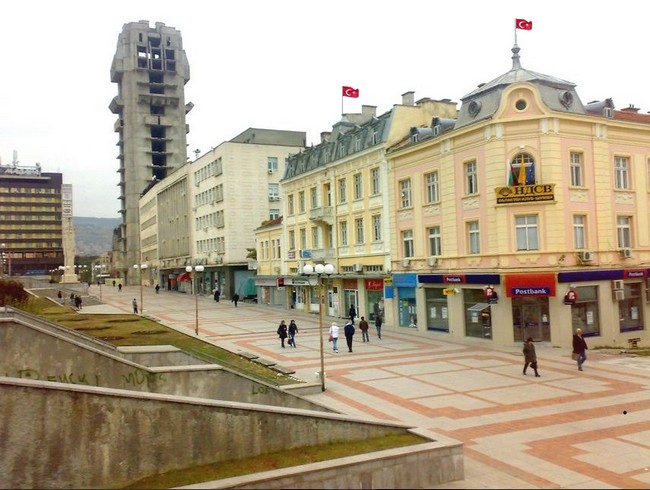 Shumen is a Bulgarian city located in the Deliorman region , north of Burgas, between Varna and Razgrad . Although Shumen is a city mostly inhabited by Turks, Bulgarian Shumen villages such as Akdere and Sofular are dense in terms of Turkish population. Shumen is the 10th largest city in Bulgaria with a population of 100,000.
Shumen is a Bulgarian city located in the Deliorman region , north of Burgas, between Varna and Razgrad . Although Shumen is a city mostly inhabited by Turks, Bulgarian Shumen villages such as Akdere and Sofular are dense in terms of Turkish population. Shumen is the 10th largest city in Bulgaria with a population of 100,000.
The history of the city goes back about 3,200 years. Since the Romans, Byzantines, Bulgarians and Ottomans ruled, this synthesis can be clearly seen in historical buildings, as many cultures are hosted in the city. After the Ottoman Empire, the region was taken by the Bulgarians again. Therefore, multiple cultures lived together and there was an intense migration traffic between today's Turkey and Shumen villages.
From the point of view of Ottoman history, Shumen joined the Ottoman rule by Çandarlı Ali Pasha in 1389 and there have been various communities sent to this region since then.
Bulgaria Shumen Villages
Major Bulgarian Shumen Villages with a Turkish population
Kayali-Dere Kamenyak
Black Cherna
Gabritsa with a horn
Akdere Byalareka
The devotees Vilnari
Kizilkaya Seytancik/Hitrin
Five Tepe Pet Mogili Shumen/Yenipazar
Bulgaria Shumen Akdere Village
In the Istanbul Beyazıt Library , there are the sultan's edicts of the families who were exiled from Konya and its surroundings to the Shumnu Akdere Village, which was then called the "Karamanoğulları Principality" . It is understood from this that the lineage of the Shumen Turks goes back to the Anatolian Seljuk State.
Shumen Sofular Village
Shumen Sofular Village is one of the oldest Turkish villages in Bulgaria. In addition to its natural beauties, it has hosted many immigrants and Bulgarian citizens who are prone to sports (especially wrestling).
Since it will take 5-6 hours on average to visit the Turkish villages in the Shumen region, other things to do in this region for those who will stay in the Shumen region for a day are as follows:
Things to do in Shumen
If we list the places to visit in Shumen;
Shumen Castle
Monument to the Founders of the Bulgarian State (1300 Years Bulgaria Monument)
Tombul Cami
Clock tower
Madara Horseman
Former Capitals Pliska and Veliki Preslav
Alphabet Castle
Demir Baba Lodge
Shumen Castle is the oldest settlement of Shumen. This castle, which is 3 km away from Shumen, serves as an open-air museum today.
You can see the Monument to the Founders of the Bulgarian State from anywhere in the city. This monument is a monument representing the period of 681-927 years. A landmark built in 1981 for the 1300th anniversary of the Bulgarian State. The most striking aspect is the lion statue on the top of the monument. This monument, which you have to climb 1300 steps to reach the top, allows you to watch Shumen from a bird's eye view. If you do not want to go up the stairs, you can also reach by car.
The Shumen Clock Tower was built in 1740. There is also a stone inlaid fountain right in front of the clock tower. In fact, on the marble epitaph of this Clock Tower, it is written in old Turkish, “The master who built this clock tower has proven the magnificence and uniqueness of his work that it is unique in the world”.
The Tombul Mosque is the most striking among the Ottoman Artifacts found in Shumen. The mosque is also known as Şerif Halil Pasha Mosque. Located in the center, this mosque was built in 1744. Another important feature of the Tombul Mosque is that it is the second largest mosque in the Balkans. Also, this mosque was built to please the father who said, "I said you can't be a man, not a pasha". Turks in Shumen still perform their prayers in this mosque.
Madara Horseman is located in Madara Village, 20 km from Shumen city. You can use car or train to reach here. The Madara Horseman Statue is a rock-cut sculpture. It covers an area of 40 square meters. It is known to date back to 710 AD. It is said that the person in the monument is a Thracian celebrity or a Thracian God. It is of great importance that the Horseman of Madara is the only stone relief sculpture in Europe. It was listed as a UNESCO World Heritage Site in 1979.
Pliska was the capital of the First Bulgarian Empire, located about 25 km from the city of Shumen. Pliska is actually a small town. This town, which draws you into history with its stone walls and historical buildings, was an important capital until it was looted and destroyed by the Byzantine Empire. When you go to Pliska, you can visit the Royal Palace, Basilica and wall ruins.
Turkish Villages in Shumen
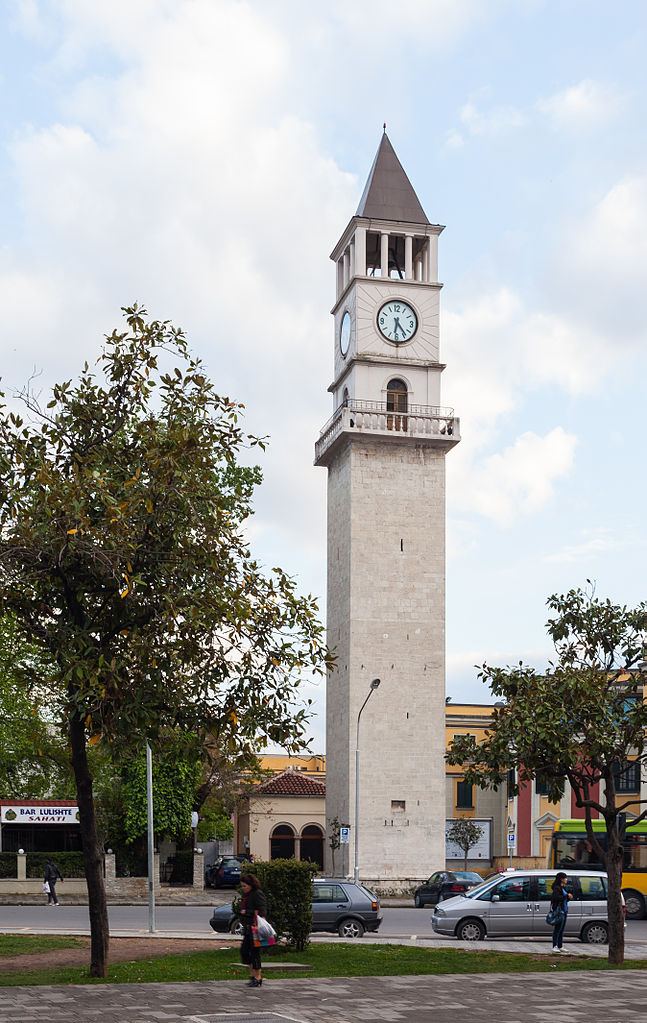 After the Ottoman Empire lost its dominance in the region, some villages remained as Turkish Villages. Villages with Bektashi and Alevi structures took the names of villages such as Abdallar, Işıklar, Sofular during the migrations in ancient times around Shumen.
After the Ottoman Empire lost its dominance in the region, some villages remained as Turkish Villages. Villages with Bektashi and Alevi structures took the names of villages such as Abdallar, Işıklar, Sofular during the migrations in ancient times around Shumen.
Transportation to Shumen
The two easiest options to reach Shumen from Turkey are to choose your own private car or bus. Since Shumen is 60 km away from Varna, you can come to Varna by direct buses from Istanbul to Varna and transfer from here.
Of course, immigrants who do not have Bulgarian citizenship will also need a Bulgarian visa or a Schengen visa .
Shumen Hotels
Although there are not many alternatives to stay in Shumen, I have listed the main Shumen hotels below where they can get reasonable service at affordable prices for those who will follow the footsteps of histor
Avenue
Rimini Club Hotel
Contessa Hotel
Art Hotel Nirvana
Hotel Swiss
The Square Hotel
Veliki Preslav Hotels
Family Hotel Preslav
Mutafova Guest House
Complex Lovets
Bolyarski Stan Guest House
Pliska Hotels
Hanovete Hotel,
Those who want to see the Villages where their ancestors migrated can visit Shumen using this helpful guide.
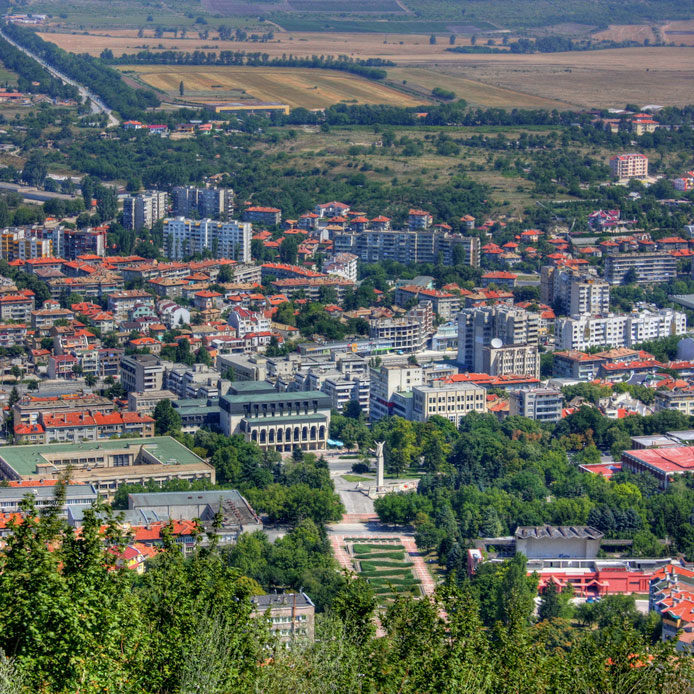
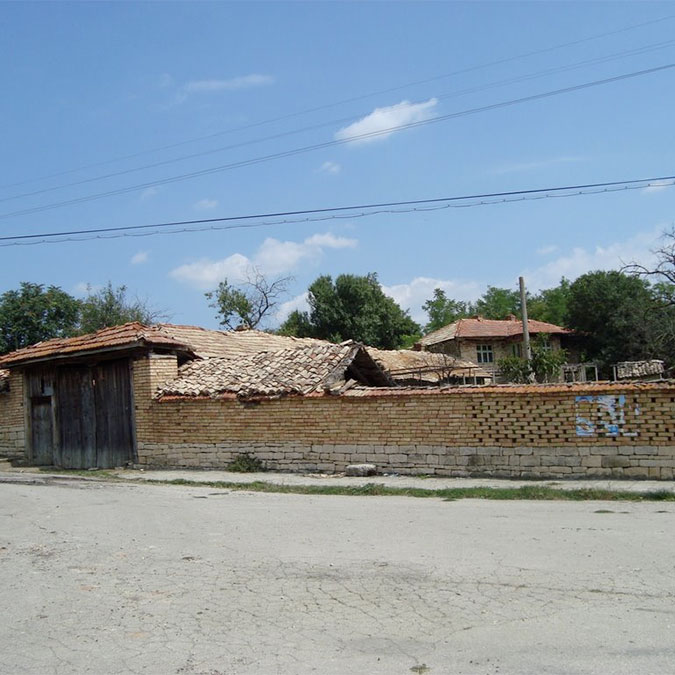
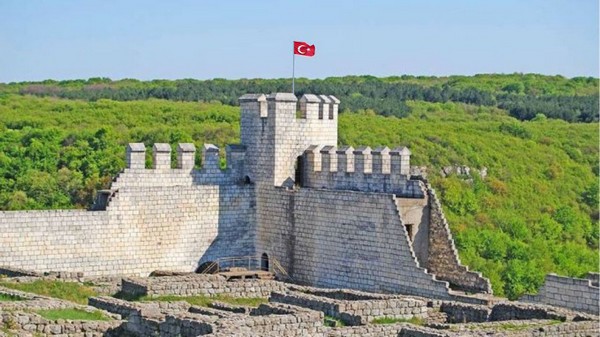




























































The Wall